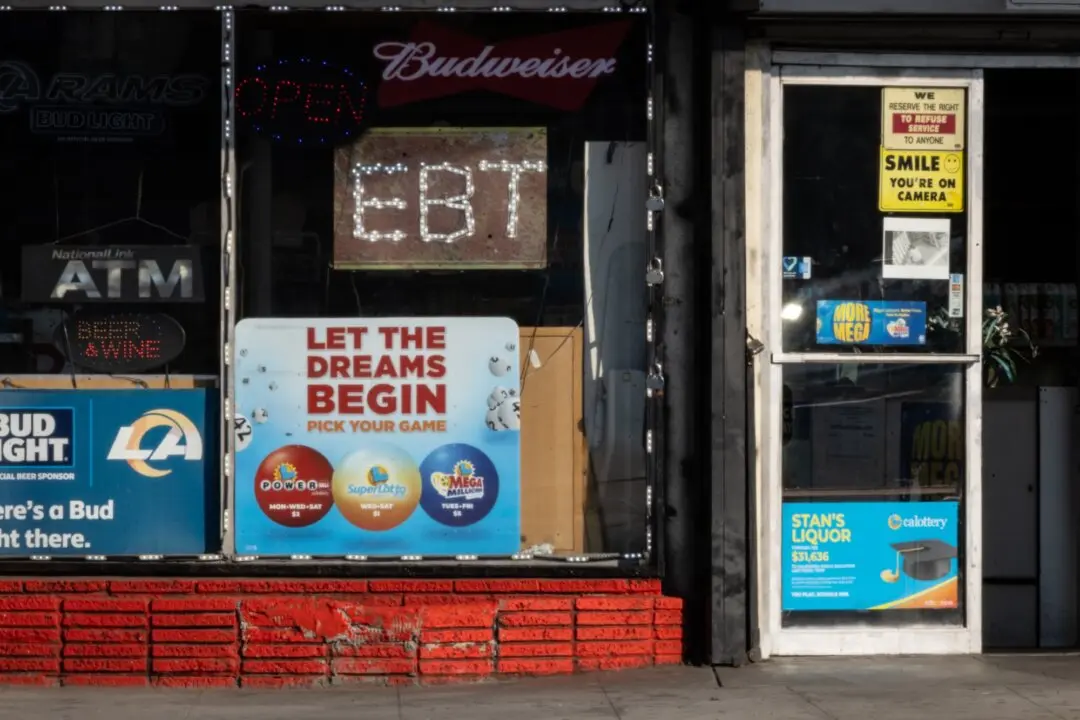Police in Arizona have announced the arrest of an illegal immigrant accused of committing two sexual assaults in 1997.
The Chandler Police Department said in a statement cited by AZ Central that a DNA sample taken around the time of the crime was successfully matched decades later in April 2019 with DNA recently collected from 43-year-old Adan Lopez-Perez.





